At dawn, Liu Hai'an puts on his work uniform, packs an electronic tablet, climbing ropes and food, and then heads off with his colleague to patrol Wuyishan National Park in Fujian province.
Their route covers the park's core protection zone, with elevations ranging from 400 to 2,160 meters. Liu and his partner have to scale cliffs, cross streams and pass through untouched forests, observing and recording vegetation, trees and all creatures.
"We patrol for more than 15 days each month, with each patrol lasting over three hours. When we have to go to remote areas for long patrols, it often takes six to eight hours," said the 31-year-old, who has been working at the park for seven years.
As full-time rangers, their daily duties include preventing the illegal expansion of tea plantations, controlling the spread of pine wilt disease, and stopping forest fires, illegal logging and poaching. If they discover any illegal activities, they have to report them and take immediate enforcement measures.
Liu recalled one risky moment when they came across a tea garden located beneath a cliff. "There was no clear path down the mountain except for a narrow staircase. It was raining and the path was slippery. We had to tie the climbing rope to a tree and slowly go down step by step," he said.
Despite their trepidation, Liu said if they hadn't overcome their fear, the rangers would have had to come back later. "We had to finish the job while we were there," he said.
Liu is one of 168 forest rangers working in Wuyishan National Park. In 2023, they conducted over 16,000 patrols, covering a distance of 40,700 kilometers, statistics showed.
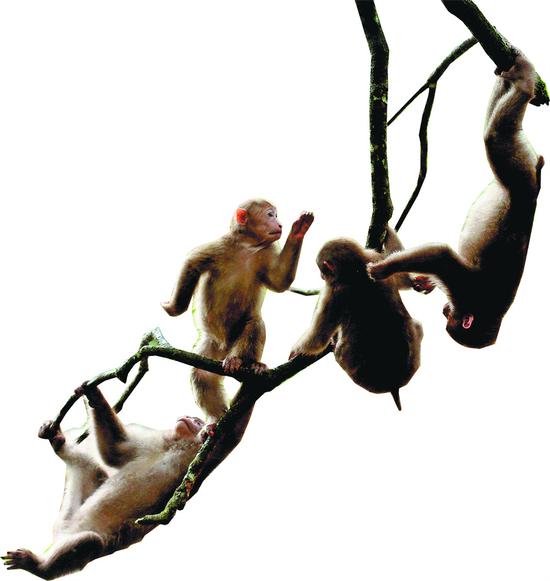
(ZHANG LIJUN/CHINA NEWS SERVICE)
Enhanced protection
Since 1999, the Wuyi Mountains have been included on both the World Cultural Heritage List and the World Natural Heritage List by the United Nations Educational, Scientific and Cultural Organization.
As one of the first five national parks established in October 2021, Wuyishan National Park spans approximately 128,000 hectares and has 210.7 square kilometers of primary forest vegetation. It is also home to more than 10,000 species of flora and fauna.
Strict measures such as enhancing forest ecosystem protection and restoration, strengthening biodiversity conservation, and improving ecological protection facilities have been implemented to preserve the park's natural and cultural treasures.
Intelligent technology has also been adopted to protect Wuyishan's biodiversity and ecology. Nearly 800 infrared cameras are installed in the park to monitor surface water, wildlife, air quality, vegetation and tourist numbers, said Chen Wei, deputy head of the Wuyishan National Park Management Bureau.
A platform has also been developed to allow rangers to record patrols through photos and videos, and transmit the data to a smart management center.
The system helps ensure that management is always up to date with the latest patrol information, Chen said.
Through improved management and law enforcement, the park is better able to combat activities that cause ecological destruction, he said. "The mountains are greener, the waters are clearer," he boasted.
Indicators for surface water, air quality, and forest soil all meet Class I level, the highest national standard, with a forest coverage rate of 94.5 percent, Chen said.
Comprehensive protection methods not only safeguard the rich biodiversity of Wuyishan National Park, but also set a bench mark for the effective management of national parks, ensuring that nature thrives in harmony with humans, he added.
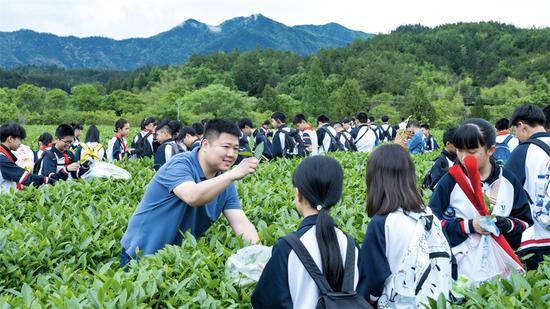
Students engage in a study tour in tea gardens at Wuyishan National Park. [CHEN YING/FOR CHINA DAILY]
Living in harmony
With greater emphasis on protection, as well as strengthening local villagers' awareness of conservation, the ecosystem in the Wuyi Mountains is now less damaged by human activities, and is gradually recovering.
Twenty-nine new species of flora and fauna have been discovered in the national park in the past five years.
Liu has witnessed the improvements firsthand. Before the park was established, Jiuqu stream would turn muddy whenever it rained, he said. However, nowadays, unless there is a torrential downpour, the stream remains clear, and fish can be seen swimming in its water.
"As the environment has improved, the wildlife has returned as well," Liu said. "We can now easily spot flocks of Silver Pheasants during the day, but a few years ago we would be lucky to see two or three."
In 2021, Nanping city proposed the construction of a protection and development belt around the national park to, among other goals, help improve locals' livelihoods.
The belt delineates a buffer zone of about 4,252 square kilometers where the preservation of natural ecosystems and biodiversity coexists with the development of green industries.
Under the innovative approach, residents can stay inside the designated development zone where protection measures are strictly enforced. The green industries permitted include ecotourism and agricultural practices such as tea growing.
The national park's favorable environment is expected to contribute to the development of the belt, said Wei Jindi, chief planner of the Nanping's bureau of natural resources and planning.
By setting red lines for ecological protection, the local government has stuck to the principle of prioritizing conservation while also being practical, he said.
"We formulated the overall plan for the protection and development belt around the park, focusing on coordination between the inner and outer circles to better preserve the authenticity and integrity of natural ecosystems, and preventing the national park from becoming an isolated ecological island," Wei said.
By developing cultural ecotourism and other industries, the local government is seeking to promote rural revitalization and green development, he added.
The belt aims to become a model for integrated conservation and development for national parks by 2025, as well as a demonstration zone for harmonious coexistence between humans and nature by 2030, he said.












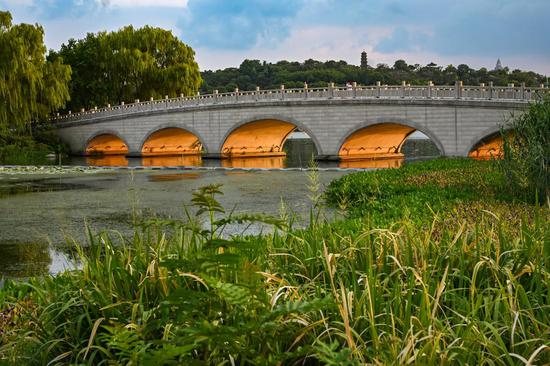



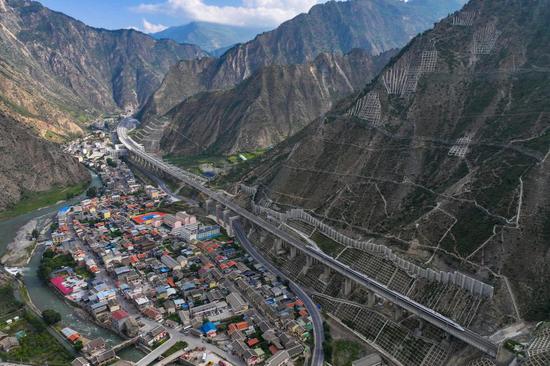

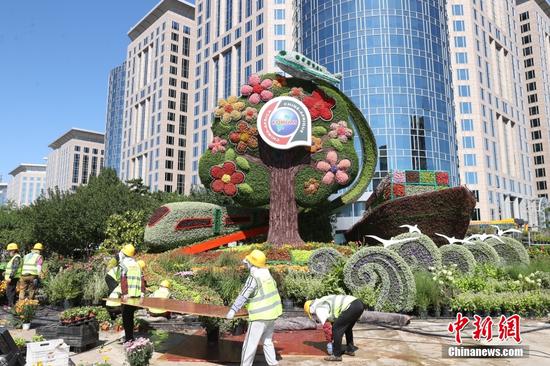
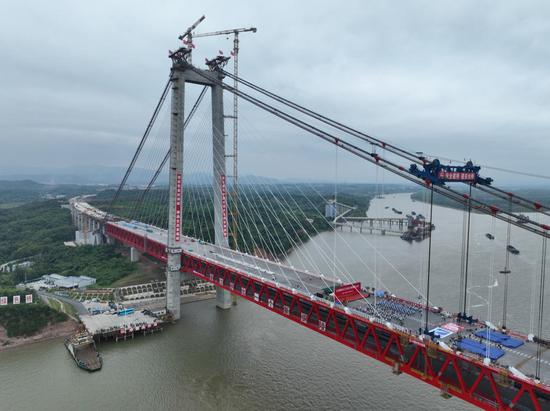




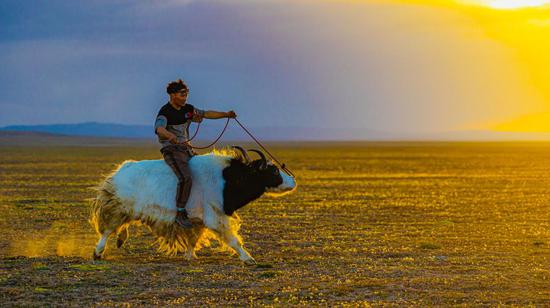











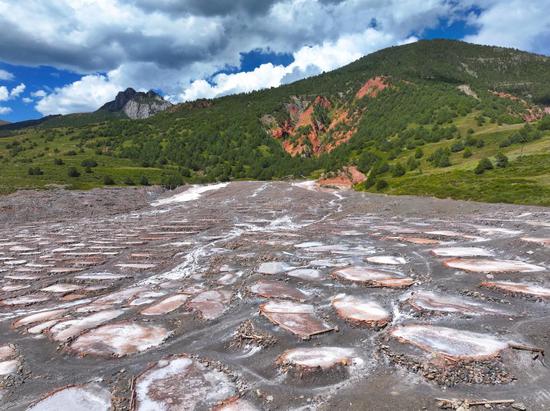



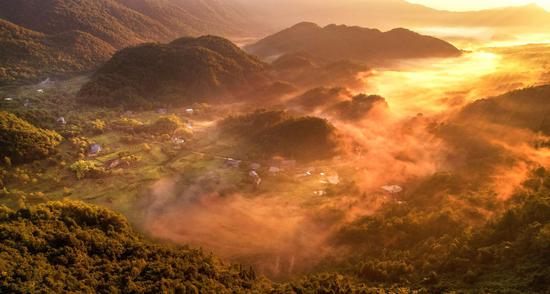









 京公网安备 11010202009201号
京公网安备 11010202009201号